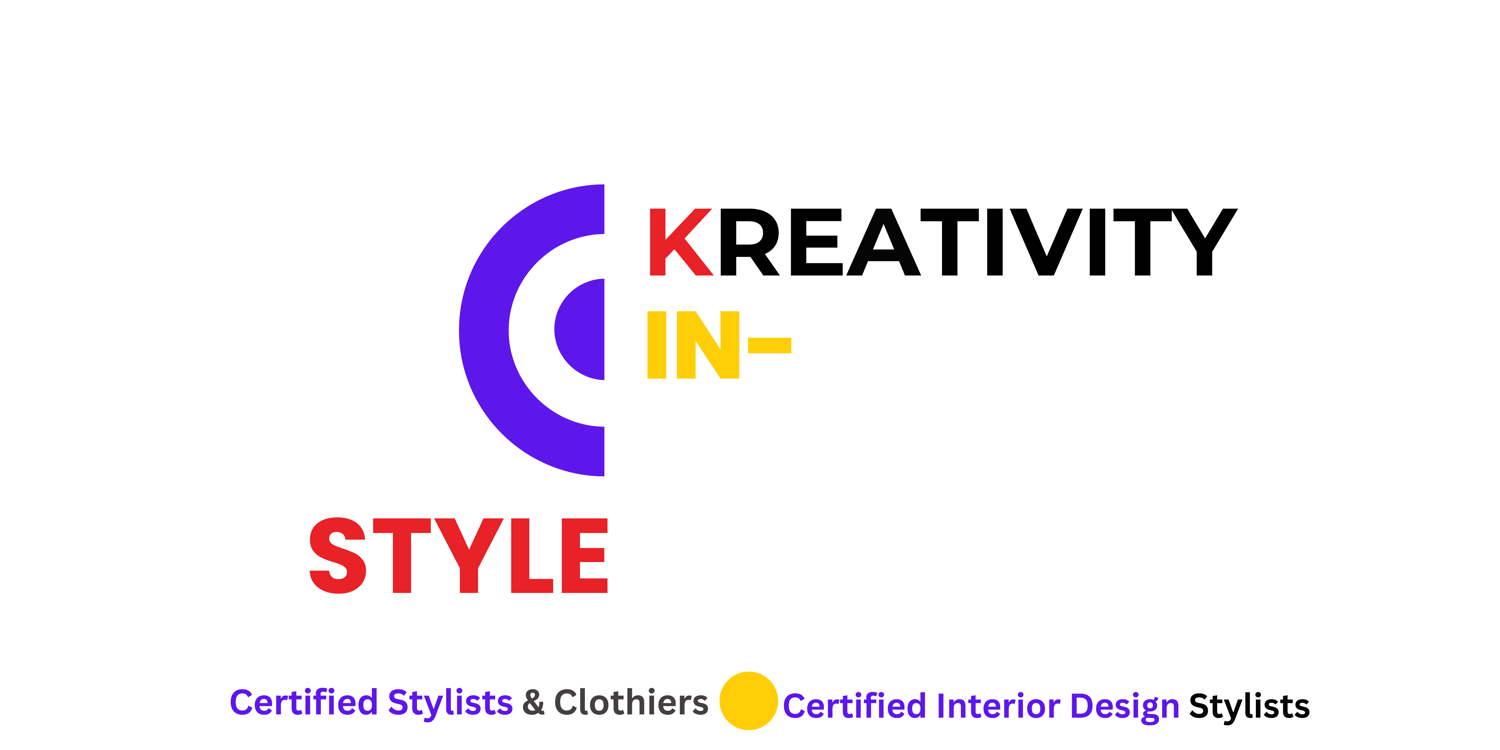
As entrepreneurs, we've always been fascinated by the power of creativity in driving innovation and success. In today's competitive business landscape, it's important for entrepreneurs to think outside the box and develop innovative products that captivate customers. In this guide, we will take you through the step-by-step process of developing unique products.
Understanding the Importance of Product Innovation
Product innovation is the lifeblood of any successful business. It's the process of creating and introducing new or improved products to the market. In the area of creative entrepreneurship, product innovation is even more crucial. It's what sets you apart from others and allows you to carve out a niche for yourself.
To develop unique products, it's important to constantly challenge yourself and think differently. Look for ways to improve existing products or identify gaps in the market that are yet to be filled. By doing so, you can create products that are not only innovative but also cater to the needs and desires of your target customers.
Finding Your Personal Style as an Entrepreneur
As a creative entrepreneur, it is important to find your personal style. This encompasses your unique perspective, values, and aesthetics. Your personal style should shine through in every aspect of your business, from the products you develop to the way you market and communicate with your customers.
To find your personal style, take some time to reflect on your passions, interests, and experiences. What makes you different from others? What do you want to be known for? By answering these questions, you can develop a clear vision for your brand and create products that are authentic and true to your personal style.
Market Differentiation and Its Role in Creative Entrepreneurship
Market differentiation is the process of distinguishing your products or brand from competitors in the market. When it comes to creative entrepreneurship, market differentiation is essential for success. It allows you to create a unique identity for your brand and attract a loyal customer base.
To differentiate your products, you need to identify what makes them special, and highlight these unique features to your target customers. This can be achieved in several ways, such as superior quality, innovative design, sustainable practices, or personalized customer experiences. By showcasing your unique value proposition, you can position your products as the go-to choice for customers in your target market.
Step 1: Identify Market Gaps and Opportunities
The first step in developing unique products is to identify market gaps and opportunities. This involves conducting thorough market research to understand the needs, wants, and preferences of your target customers. By identifying gaps in the market, you can uncover untapped opportunities for innovation and create products that address these unmet needs.
Start by analyzing the current market landscape. Look for areas where there is a lack of options or where existing products fail to meet customer expectations. This could be in any industry, from fashion and beauty to technology and healthcare. By identifying these gaps, you can position yourself as a problem solver and develop products that fill these voids.
Step 2: Conduct Market Research and Analysis
Once you have identified market gaps and opportunities, the next step is to conduct thorough market research and analysis. Who are your target customers? What are their demographics and interests? Research to gather insights directly from your target customers. This will help you identify areas where you can differentiate your products and gain a competitive edge.
Step 3: Conceptualizing and Ideation
With a solid understanding of the market and your target customers, it's time to start conceptualizing and ideating your product. This is where your creativity comes into play. Allow yourself to think freely and explore different ideas and possibilities.
Start by brainstorming and sketching out your ideas. Consider different design elements, functionalities, and materials that align with your personal style and target customer preferences. Do not be afraid to think outside the box and challenge conventional norms. The goal is to create a product that is visually appealing and/or innovative to your target customers.
Step 4: Prototyping and Testing
Once you have a clear concept for your product, it's time to create a prototype. A prototype is a preliminary model of your product that allows you to test its functionality, design, and user experience. It helps you identify any flaws or areas for improvement before moving forward with the production process.
Based on what you are prototyping, work with designers or manufacturers to create a prototype that closely resembles the product that you desire to create. Make sure that you have quality standards in place, and test the prototype rigorously to ensure your product meets your quality standards and fulfills the needs of your target customers.
Step 5: Refine and Iterate Your Product
Based on the feedback received during the testing phase, refine and iterate your product. This involves making necessary adjustments to improve its design, functionality, and user experience. Pay attention to small details to ensure your product stands out.
Address any issues or concerns raised by users. Use their feedback to make data-driven decisions and implement changes that enhance the overall value of your product. Remember, the goal is to create a product that not only meets but exceeds customer expectations.
Step 6: Develop a Marketing and Sales Strategy
With a refined product in hand, it's time to develop a marketing and sales strategy. This involves identifying your target market, defining your unique selling proposition, and planning how to reach and engage with your customers.
Who are your ideal customers? What are their characteristics, behaviors, and preferences? Develop marketing messages, accordingly.
Define your unique selling proposition (USP). What sets your product apart from others? Highlight these unique features and benefits in your marketing materials and sales pitches. Leverage digital marketing channels, such as social media, email marketing, and content marketing, for example, to reach and engage with your target customers effectively.
Step 7: Launch and Promote Your New Product
After developing a solid marketing and sales strategy, it's time to launch and promote your unique product. This is where all your hard work and creativity come to fruition. Create awareness and buzz around your product by leveraging various marketing channels and tactics.
Consider hosting a launch event or participating in trade shows or exhibitions to showcase your product to a wider audience. Leverage social media platforms to create engaging content and build momentum around your brand.
Remember, the key to successful product promotion is consistency and persistence. Stay committed to your marketing and sales efforts and continuously monitor the results. Make necessary adjustments to your strategies based on customer feedback and market dynamics.
Resources and Tools for Creative Entrepreneurs
As a creative entrepreneur, it is important to leverage the right resources and tools to support your journey. Here are some resources and tools that can help you develop unique products:
- Kreativity In-Style: A Rwanda-based company that provides guidance and support to creative entrepreneurs in developing unique and interesting products. We offer idea-to-prototype-to-finished product creations services, creativity in design courses, style workshops, as well as assistance with branding and marketing services such as tailored website creation, marketing material creation, and content writing, all to help entrepreneurs unlock their creative potential and launch.
- Design software: Tools like Adobe Creative Cloud, Sketch, or Canva can help you bring your product concepts to life through digital design.
Key Takeaways
- Importance of Product Innovation: It's crucial for entrepreneurs to think creatively and develop innovative products to stand out in the market.
- Personal Style: Find your unique style as an entrepreneur and reflect it in your products and business approach.
- Market Differentiation: Differentiate your products by highlighting unique features and benefits to attract loyal customers.
- Steps to Develop Unique Products: Identify market gaps, conduct thorough research, brainstorm ideas, create prototypes, refine based on feedback, and develop a marketing strategy.
- Leveraging Resources: Utilize go-to resources such as Kreativity In-Style and design software to support your creative journey.
FAQ
Q: Why is product innovation important?
A: Product innovation sets businesses apart, attracts customers, and ensures competitiveness.
Q: How can I find my personal style as an entrepreneur?
A: Reflect on your passions, interests, and what makes you different to develop a clear brand vision.
Q: What is market differentiation?
A: Market differentiation distinguishes your brand by highlighting unique features to attract customers.
Q: How do I develop a marketing and sales strategy?
A: Identify your target market, define your unique selling proposition, and plan how to reach and engage with customers.
Q: What resources can I use as a creative entrepreneur?
A: Use resources such as Kreativity In-Style and design software to support your creative journey and bring your ideas to life.
Creative entrepreneurship is a journey filled with challenges and opportunities. By following this step-by-step guide, you can unlock your creative potential and develop unique products that captivate customers. Remember, creativity is one key to success in today's competitive business landscape. So, go ahead and start today.
Develop your unique products with the help of Kreativity In-Style. Book a No-Cost Info Meeting. Let's discuss.


Comments ()